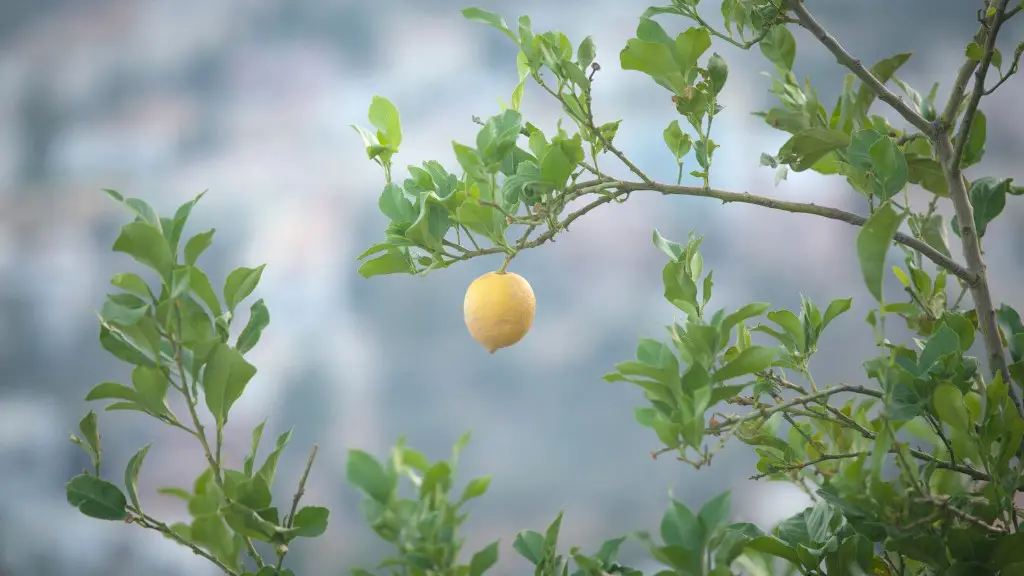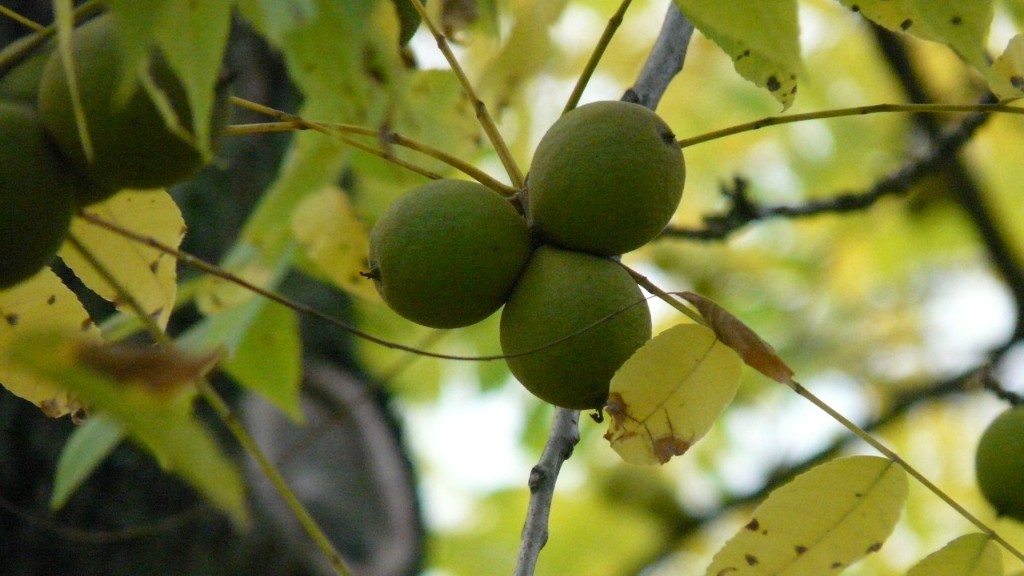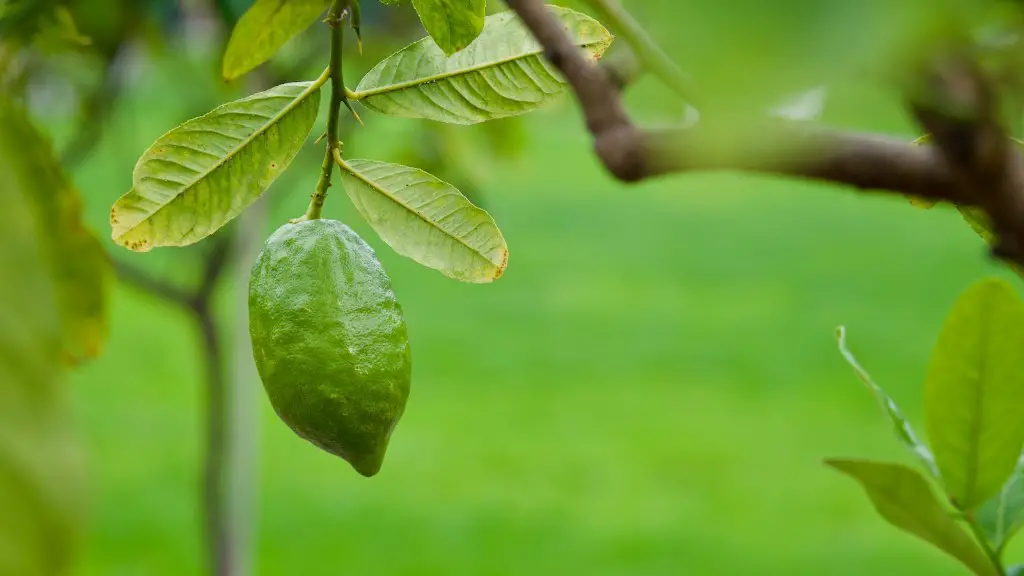There are a wide variety of palm trees that make a great addition to any garden. One of the most popular and attractive trees to consider planting is the champagne palm tree. This beautiful species of palm has the potential to create an eye-catching focal point in your garden and make a big impression. Learning how to plant a champagne palm tree doesn’t have to be difficult. With the right tips, you can have a beautiful, healthy champagne palm in your garden in no time.
It is important to select an area for planting your champagne palm that maintains consistent flows of water and has well-draining soil. Planting in an area or environment that quickly becomes waterlogged or overly saturated will quickly cause problems with root rot. Be sure to select an area that meets all the above requirements for growing your champagne palm successfully.
The next step is to prepare the soil around the new champagne palm tree. The champagne palm likes slightly acidic soil, so you can add some peat moss or mulch to the soil around the root zone prior to planting. This will ensure that the champagne palm tree has the ability to grow, while also making sure that the area is slightly acidic enough.
To plant your champagne palm tree, first dig a hole that is slightly larger than the root ball. This will give the champagne palm tree the space it needs to spread out its roots and get an adequate amount of air and water simultaneously. Place the root ball in the planting hole and fill the hole with rich soil, creating a mound as you go to ensure proper drainage.
Once you’ve finished planting your champagne palm tree, you should water it immediately. Doing so will help to keep the soil moist and will encourage the new champagne palm tree to take hold in the environment. Depending on the climate in which you are planting, you may need to continue watering the palm tree at least once or twice a week.
When it comes time to fertilize your new champagne palm tree, be mindful of the types of fertilizers you use. it is always best to read the label on the fertilizer before applying, as it will tell you exactly what types of nutrients your champagne palm tree needs. An unnecessary application of fertilizer can lead to burning and overcrowding, damaging the newly planted champagne palm tree.
Once you are done planting your champagne palm tree, the best thing you can do to ensure it will remain healthy and vibrant is to give it the occasional inspection. Even though not all palm trees need pruning to stay healthy, it is advisable to remove any dead leaves or branches and clear away any weeds growing around the trunk. This will help to ensure that your champagne palm tree will remain healthy for years to come.
Young Champagne Palm Trees
Planting young champagne palm trees is recommended, as it will help to ensure that the plant survives and grows quickly and healthily. When purchasing a young champagne palm tree, there are several factors to consider before deciding to buy. One of the most important things to consider is the size of the tree. It should be planted no more than six feet tall, and the width of the trunk should be no more than one or two inches.
It is also important to make sure that the champagne palm tree you are buying is healthy. Inspect the leaves and trunk of the tree and make sure they are free of any diseases or fungus. Also, check that the leaves are not wilted or discolored, and that the tree is not damaged. Only when you’re sure that the tree is healthy should you go ahead and make your purchase.
Once you’ve finished planting your young champagne palm tree, it is recommended that you fertilize it immediately. Young champagne palms need lots of nutrients to get them off to a healthy start. Using a well-balanced fertilizer will ensure that the tree has the nutrients it needs to grow and thrive.
Lastly, you must be prepared to provide your young champagne palm trees with regular attention and care. Pruning is essential for keeping young palm trees healthy, as it encourages new growth and helps to prevent overcrowding. Also, remember to keep watering your young champagne palm tree to keep it nice and moist.
Climate Requirements for Planting Champagne Palm Trees
When planting a champagne palm tree, it is important to consider the climate in which you are growing it. The champagne palm tree prefers a warmer climate and can tolerate temperatures that range from 20-89 degrees Fahrenheit. However, it cannot survive temperatures below 20 or above 90 degrees Fahrenheit. This means that if you live in an area that has cold winters, you should consider protecting your champagne palm tree by covering it with a tarp during the cold months.
In addition to temperature, humidity is also an important factor to consider when planting your champagne palm tree. It should ideally be grown in a region with at least 50% humidity or greater. When the humidity levels drop too low, due to dryness or heat, it can cause the leaves of your champagne palm tree to yellow and die prematurely.
Finally, when selecting an area in which you intend to plant your champagne palm tree, it is important to make sure it gets enough sunlight. This will help ensure that your champagne palm grows quickly and healthily. The ideal location for planting a champagne palm is one that gets six to eight hours of direct sunlight each day.
Maintenance of Champagne Palm Trees
Once your champagne palm tree is planted, there are a few things you need to do in order to keep it healthy and strong. One of the most important things is to protect the tree from any frost or cold. If the temperature in your area drops below 20 degrees Fahrenheit, you should cover your champagne palm tree with a tarp or blanket in order to protect it from the cold.
It is also important to once again make sure that the area around the champagne palm tree is well-draining and has access to consistent water. When necessary, lightly till the soil in the area around the tree to keep it aerated and allow for proper drainage. You may also have to install irrigation systems to keep the soil wet and provide necessary hydration.
The last thing you will need to do to ensure that your champagne palm tree stays healthy is to regularly fertilize it. Fertilizing your tree will help it to receive the nutrients it needs to grow and stay vibrant. When fertilizing your tree, it’s important to follow the directions on the fertilizer label.
Pests and Disease
Champagne palm trees are susceptible to a variety of pests and diseases. One of the most common pests to affect champagne palm trees is the palm beetle. These beetles lay their eggs around the base of the tree and can quickly cause damage if left untreated. To avoid this, it is important to keep up with regular inspections and apply insecticides if necessary.
Another common pest for champagne palm trees is the spider mite. These small, red mites feed off of the leaves and sap of the tree and can cause discoloration and premature leaf drop. To combat this, it is recommended to use insecticides that are specifically designed to target and kill spider mites.
The final thing to watch out for are diseases. Champagne palm trees can be susceptible to a variety of fungi and other maladies. It is important to inspect your champagne palm tree regularly for any signs of discoloration, wilting, or dieback, and to contact a certified arborist if you suspect a disease.
Caring for a Champagne Palm Tree
Caring for a champagne palm tree properly is essential for keeping it healthy and strong. One of the most important things to do is provide regular pruning and shaping. Trimming the leaves and overhanging branches will help to give the tree a pleasing shape and improve air circulation. This will also help to keep the tree healthy and strong.
It is also important to provide your champagne palm tree with plenty of water and nutrients. Watering the tree once or twice a week will help to keep it properly hydrated and give it the necessary resources it needs to grow. Additionally, fertilizing the tree periodically will help to make sure it is getting the nutrients it needs to stay healthy and vibrant.
Finally, it is important to keep up with regular inspections for diseases or pests. Inspect the tree’s leaves and trunk for any signs of discoloration, disease, or infestation. If you spot anything unusual, contact a certified arborist immediately to treat the tree and prevent any further damage.
Benefits of Planting a Champagne Palm Tree
If you’re thinking about planting a champagne palm tree in your garden, there are many benefits to doing so. For starters, these trees are known for their beauty and can be a great addition to any backyard. They can also provide a much-needed source of shade for those hot summer days. Additionally, having a champagne palm tree in your garden will provide a sense of serenity and peace that can be hard to find in a busy and hectic world.
In addition to the aesthetic benefits, planting a champagne palm tree can provide a number of practical benefits as well. For starters, they can help to reduce the amount of water and other resources necessary to keep your garden healthy. They are also known to be fairly strong and resistant to wind, making them great for environments prone to strong gusts and storms.
Finally, planting a champagne palm tree can help to improve air quality and act as a natural air filter. The leaves of the tree absorb pollutants, carbon dioxide, and other pollutants in the air, making them a great addition to any garden.
Conclusion
Planting a champagne palm tree is a great way to add beauty and sophistication to your garden. With the right tips and information, you can have a beautiful, healthy champagne palm in no time. Be sure to select an area that is well-draining and can provide consistent amounts of water and well-balanced soil. Additionally, regular inspections and maintenance are key to keeping your champagne palm trees healthy and vibrant. With the right care and attention, you can enjoy your beautiful champagne palm tree for years to come.




